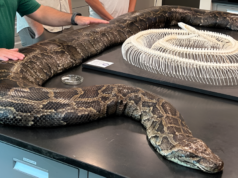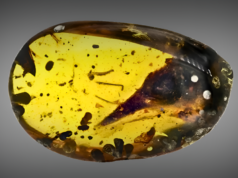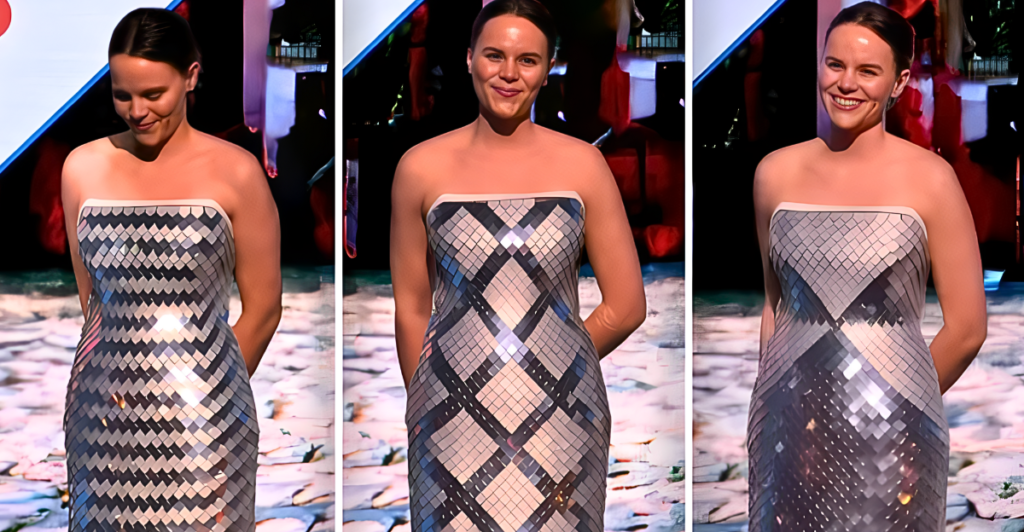
In an era dominated by technological advancements and environmental concerns, the development of sustainable solutions has become a pressing necessity. A groundbreaking study, involving the universities of Exeter, Cambridge, Leeds, and Bath, has introduced an innovative approach to eco-friendly e-textiles. Dubbed “Smart, Wearable, and Eco-friendly Electronic Textiles” or SWEET, this initiative promises to revolutionize the e-textile industry by merging functionality with sustainability.
Whats So ‘SWEET’ About It?
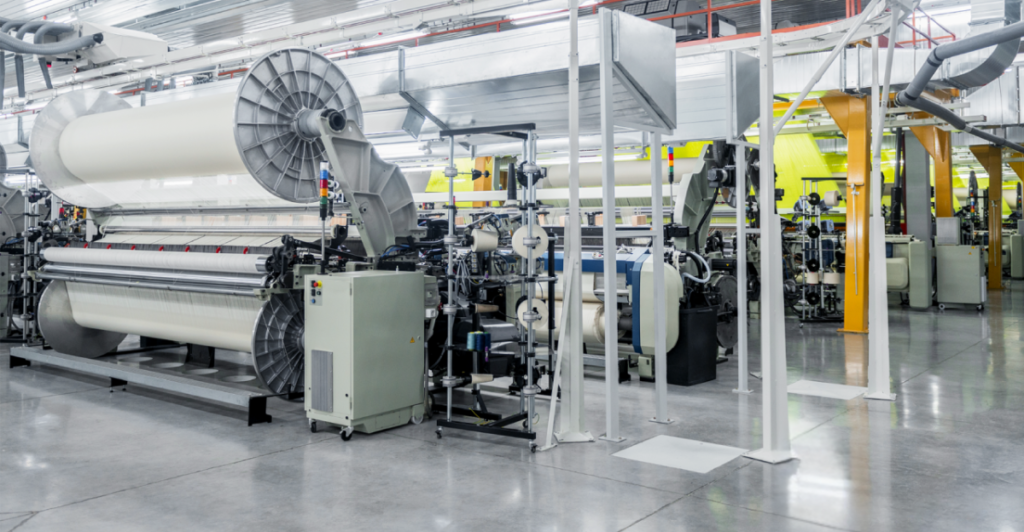
The SWEET project explores the potential of inkjet printing technology to produce e-textiles with minimal environmental impact. By replacing conventional manufacturing methods with inkjet printing, researchers have demonstrated a significant reduction in resource consumption and waste. The study’s findings, recently published in a leading journal, highlight a promising path for integrating sustainable practices into wearable technology.
What Are E-Textiles?

Electronic textiles, or e-textiles, combine traditional fabrics with electronic components, creating garments that can perform advanced functions. These include monitoring vital signs, generating energy, or connecting to smart devices. Despite their potential, e-textiles have faced criticism for their environmental footprint due to the complex processes and non-recyclable materials typically involved in their production.
The Latest Technology
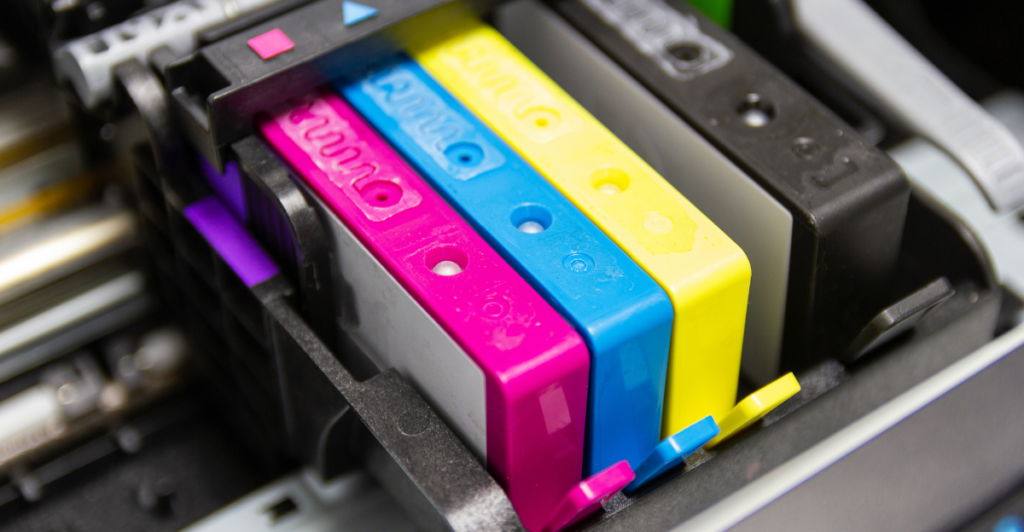
The SWEET initiative addresses these challenges by utilizing inkjet printing to layer conductive and functional inks directly onto fabric. This approach not only reduces material waste but also enables precise customization, making it suitable for a wide range of applications. SWEET represents a critical step towards a greener future for wearable technology.
The Role of Inkjet Printing
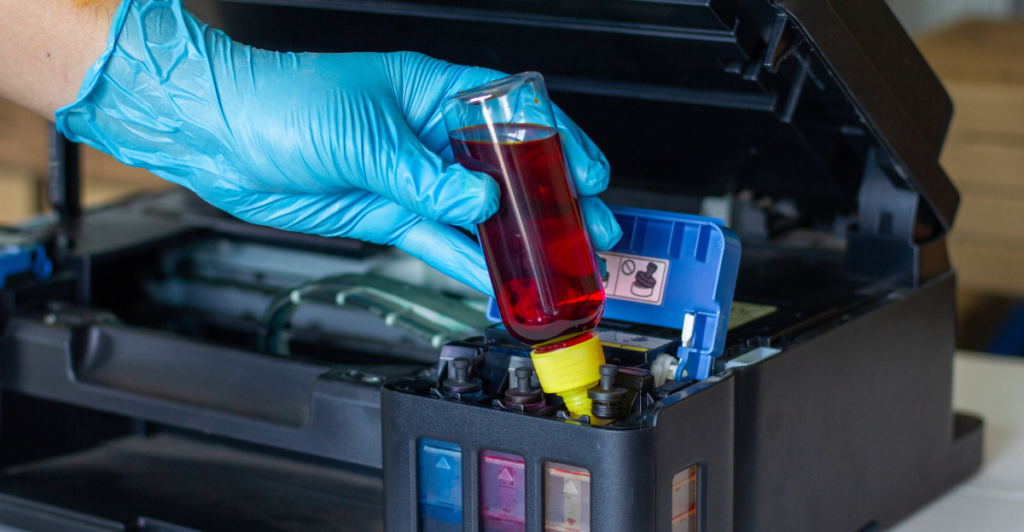
At the heart of SWEET’s innovation lies inkjet printing, a technology traditionally associated with paper printing. By adapting this method for e-textile production, researchers achieved remarkable efficiency and accuracy. Inkjet printing allows for the deposition of functional materials such as conductive inks, semiconductors, and even bio-compatible materials directly onto fabric substrates.
What Are The Benefits?
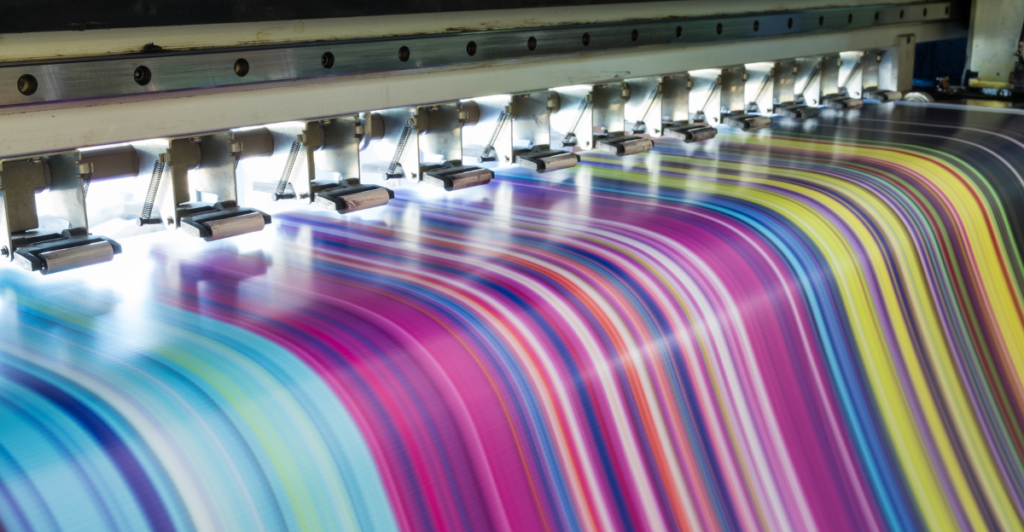
This precision eliminates the need for excess materials, a common issue in conventional manufacturing. According to the study, inkjet printing reduced material waste by up to 70% compared to traditional methods. This not only minimizes environmental impact but also lowers production costs, making sustainable e-textiles more accessible to consumers.
SWEET’s Environmental Impact
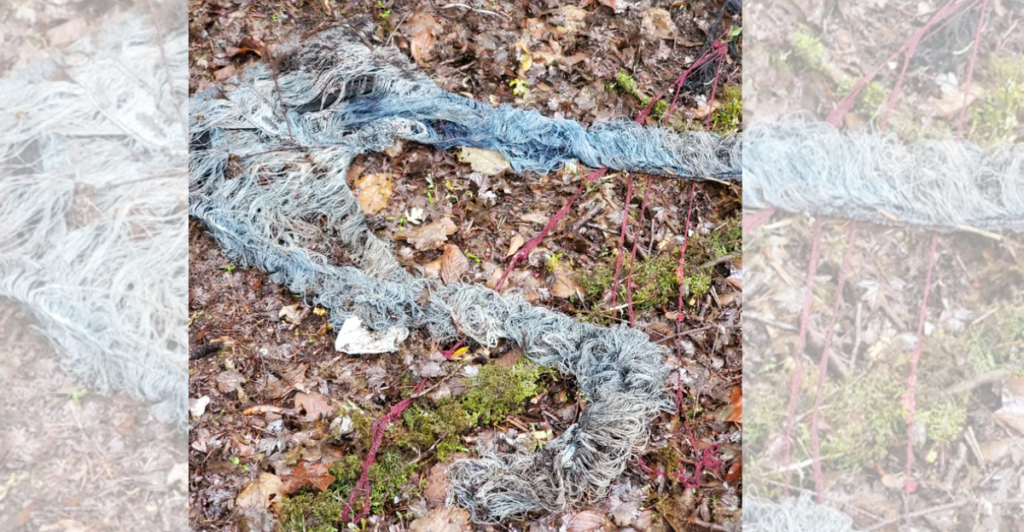
One of SWEET’s most notable achievements is its potential to reduce the environmental footprint of e-textiles. Traditional e-textile production often involves energy-intensive processes and non-biodegradable components. SWEET, on the other hand, relies on eco-friendly inks and recyclable fabrics, significantly lowering its ecological impact.
Energy-Saving Wear
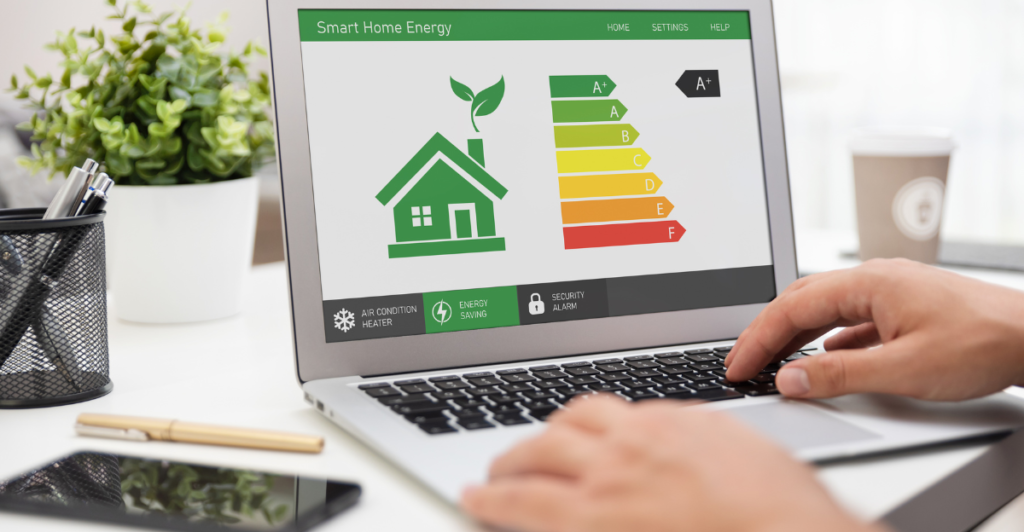
The study found that SWEET’s manufacturing process consumed 60% less energy than conventional methods. Additionally, the use of biodegradable materials ensures that SWEET e-textiles can decompose naturally at the end of their lifecycle, addressing the issue of e-waste. This aligns with global efforts to create circular economies and reduce landfill contributions.
Practical Applications of SWEET

SWEET’s versatility opens doors to numerous applications across industries. In healthcare, for instance, SWEET e-textiles could monitor patients’ vital signs in real-time, providing data to medical professionals. Similarly, in sports, athletes could benefit from garments that track performance metrics or regulate body temperature.
Multi Purpose Use

Beyond personal use, SWEET holds potential for industrial applications, such as smart uniforms for workers in hazardous environments. These textiles could integrate sensors to detect dangerous conditions or communicate with safety systems, enhancing workplace safety. SWEET’s adaptability ensures its relevance across diverse fields.
Collaboration Across Universities

The success of SWEET is a testament to the collaborative efforts of leading institutions. Researchers from the universities of Exeter, Cambridge, Leeds, and Bath brought together expertise in materials science, engineering, and environmental studies. This interdisciplinary approach ensured a holistic understanding of the challenges and opportunities in sustainable e-textile development.
The project’s collaborative nature also facilitated access to state-of-the-art facilities and resources. By pooling their knowledge and technology, the team was able to push the boundaries of what’s possible in eco-friendly e-textiles. This partnership underscores the importance of cross-disciplinary collaboration in addressing global challenges.
Future Prospects and Challenges
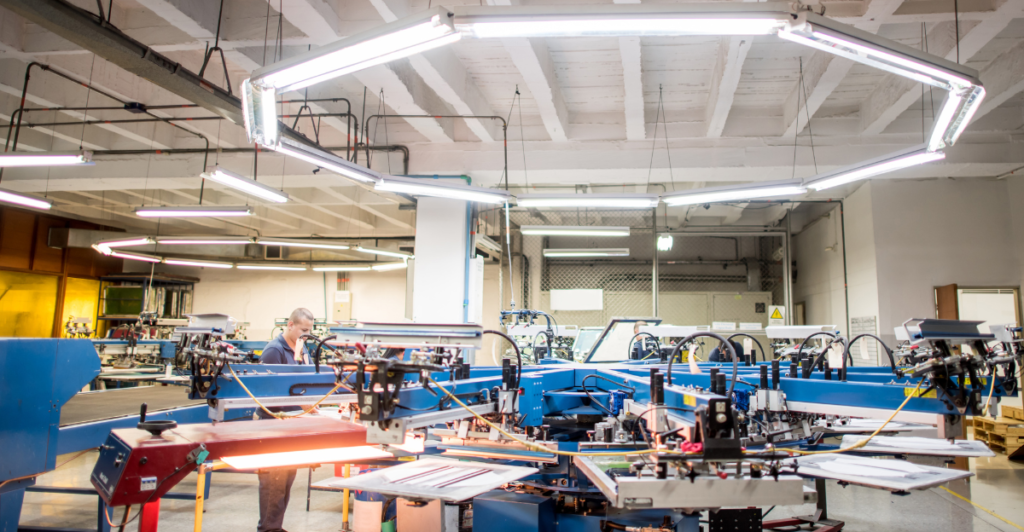
While SWEET represents a significant advancement, challenges remain in scaling the technology for mass production. Researchers are exploring ways to enhance the durability and performance of SWEET e-textiles to ensure they meet consumer expectations. Additionally, integrating these textiles into existing supply chains requires further refinement and investment.
Despite these hurdles, the potential benefits of SWEET are undeniable. With continued research and industry support, SWEET could set a new standard for sustainable e-textiles. Its success could inspire similar innovations, driving a broader shift towards eco-friendly practices in the tech industry.
A Sweet Future for Sustainability

The development of SWEET marks a milestone in the journey towards sustainable innovation. By combining advanced inkjet printing techniques with eco-friendly materials, this initiative addresses the environmental concerns associated with e-textiles while unlocking new possibilities for their application. SWEET exemplifies how technological progress can align with ecological responsibility.
As the world grapples with climate change and resource depletion, initiatives like SWEET offer a glimmer of hope. By prioritizing sustainability in cutting-edge technology, researchers are paving the way for a future where innovation and environmental stewardship go hand in hand. The SWEET project not only showcases the potential of sustainable e-textiles but also serves as a reminder of the transformative power of collaboration and creativity in solving global challenges.
Discover more of our trending stories and follow us to keep them appearing in your feed

Scientists Are Bringing Back The Wooly Mammoth
Climate Change Overestimated? New Data Shows Oceans Are Cooling The Planet Faster Than Predicted
There Will Be Eruptions: Concerns Mount as Yellowstone Supervolcano Activity Shifts
Lake Shasta’s Remarkable Comeback From Drought Captured in Stunning Images
References:
Reference 1
Reference 2
This article first appeared here
Stay connected with us for more stories like this! Follow us to get the latest updates or hit the Follow button at the top of this article, and let us know what you think by leaving your feedback below. We’d love to hear from you!


